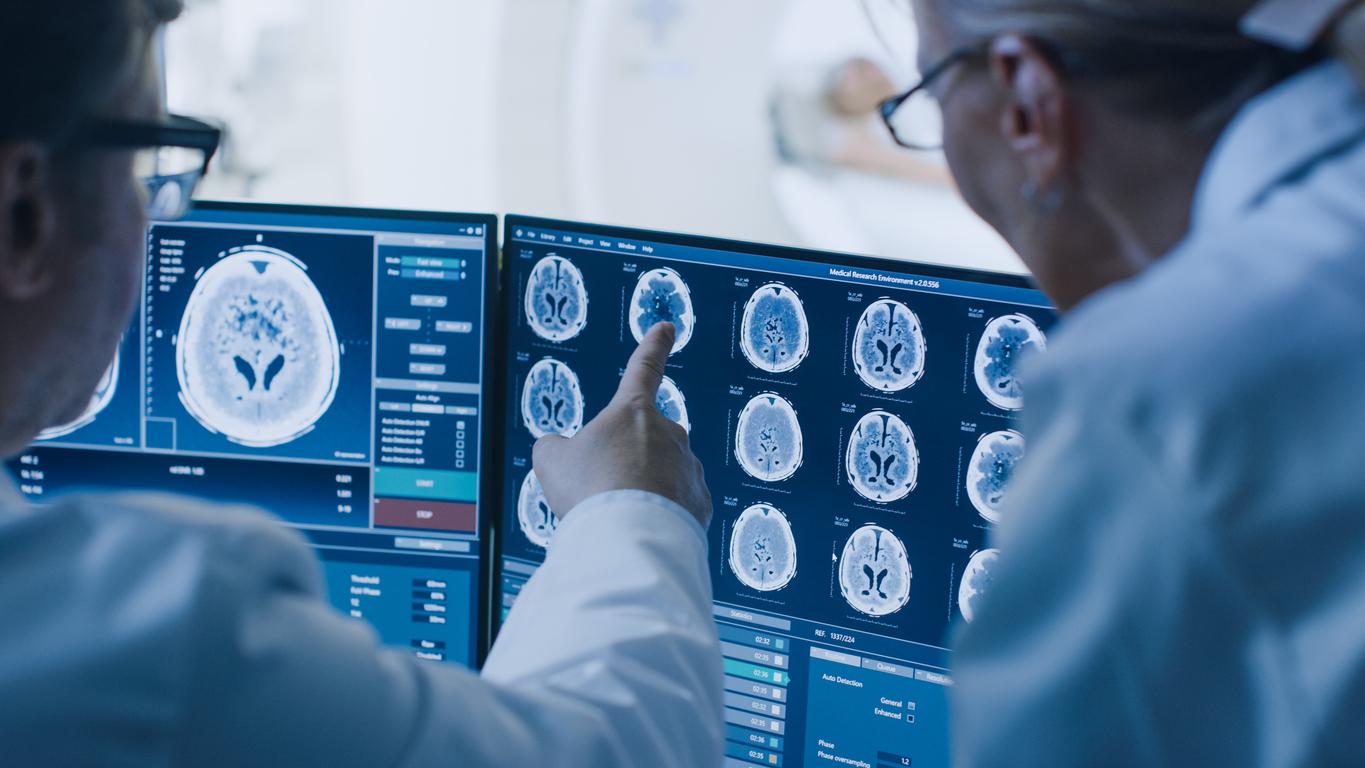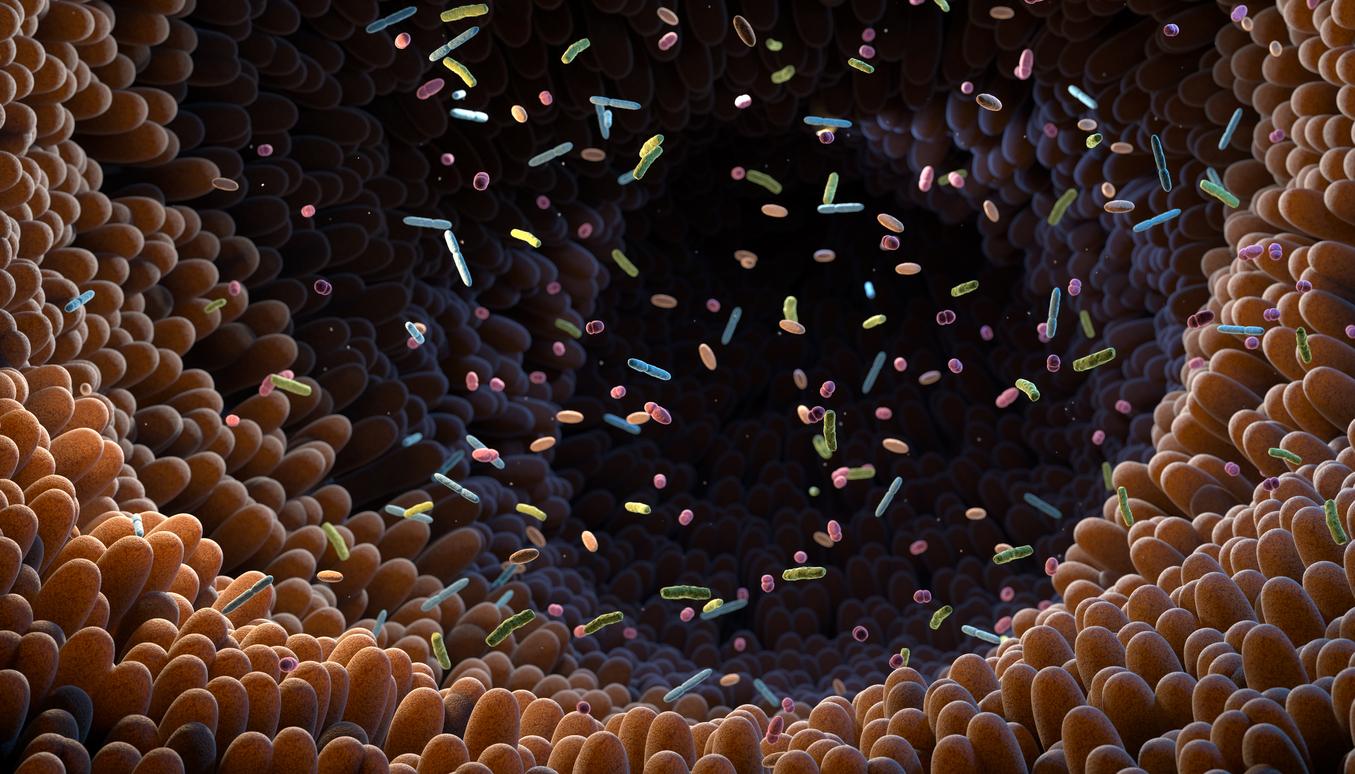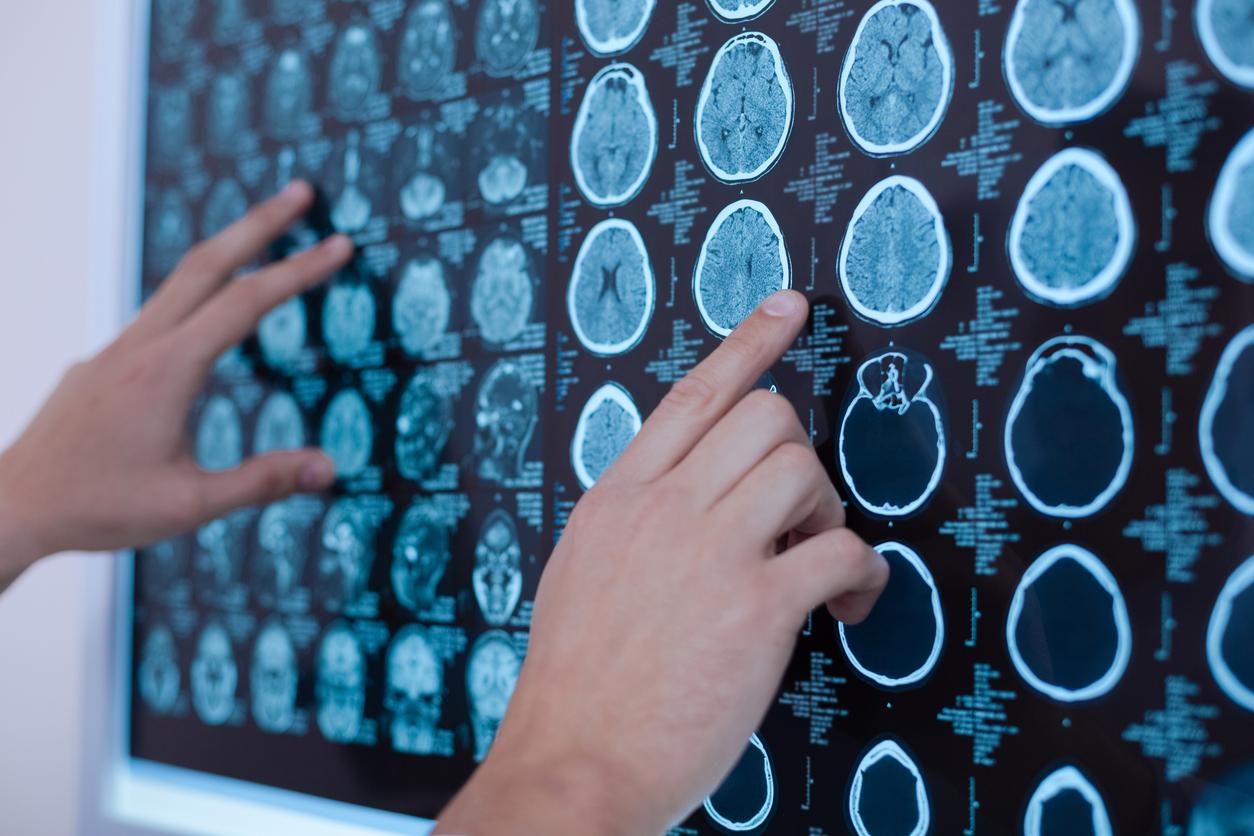An international group of researchers has revealed significant differences in the brain structure of people with anorexia and those without this eating disorder.

- Anorexia nervosa is characterized by intentional weight loss.
- This disorder mainly affects girls (at least 80% of cases). The peaks of onset of the disease are between 13-14 years and 16-17 years.
“The pattern of structural brain abnormalities in anorexia nervosa is not yet well understood. While several studies report substantial deficits in gray matter volume and cortical thickness in acutely underweight patients, others find no difference or even an increase in patients compared to healthy controls”. This is what a team of scientists wrote in a study recently published in the journal Biological Psychiatry.
As part of this work, the authors analyzed the brain scans of 685 adults with anorexia nervosa, including people in the process of recovery, and 963 healthy controls.
“Significant reductions” of three parameters
According to the results, participants with anorexia present “significant reductions” cortical thickness and subcortical volumes and, to a lesser extent, cortical surface. “Underlining the effects of undernutrition, these deficits were associated with lower BMI in volunteers with anorexia nervosa and were less pronounced in patients with partial weight recovery,” can we read in the study. According to the researchers, these reductions are significant because they involve the loss of brain cells or the connections between them.
The scientists claimed that the effect size observed for cortical thickness deficits in anorexia nervosa is the largest of any psychiatric disorder studied to date. Put simply, this means that people with anorexia showed reductions in brain size and shape between two and four times greater than patients with conditions, such as depression, attention deficit disorder with or without hyperactivity (ADHD) or obsessive compulsive disorder (OCD).
“These changes may not be permanent”
“We found that the large reductions in brain structure seen in patients were less noticeable in recovering patients. This is a good sign, as it indicates that these changes may not be permanent. With proper treatment , the brain might be able to bounce back”, said Esther Walton, author of the work, in a statement. The team stressed the importance of early treatment to help people with anorexia avoid long-term structural brain changes.
















